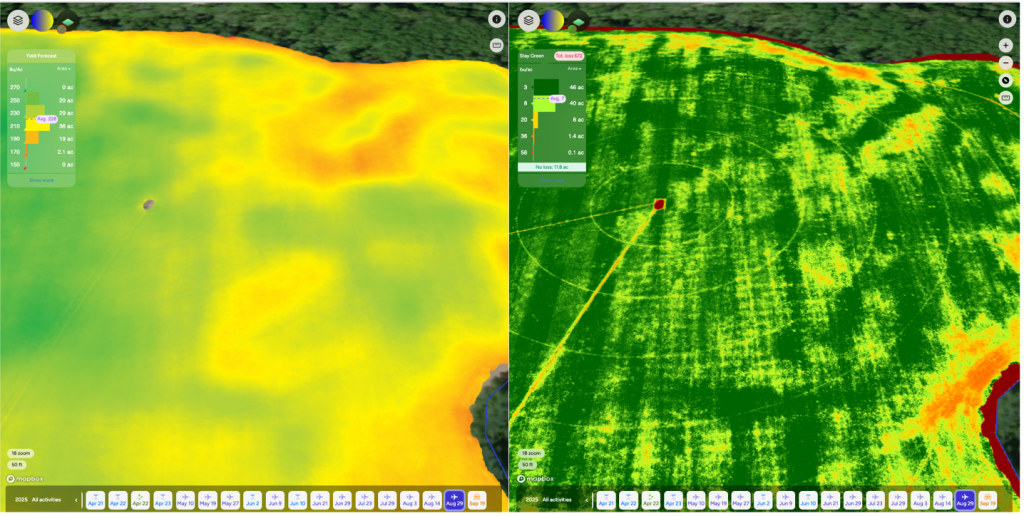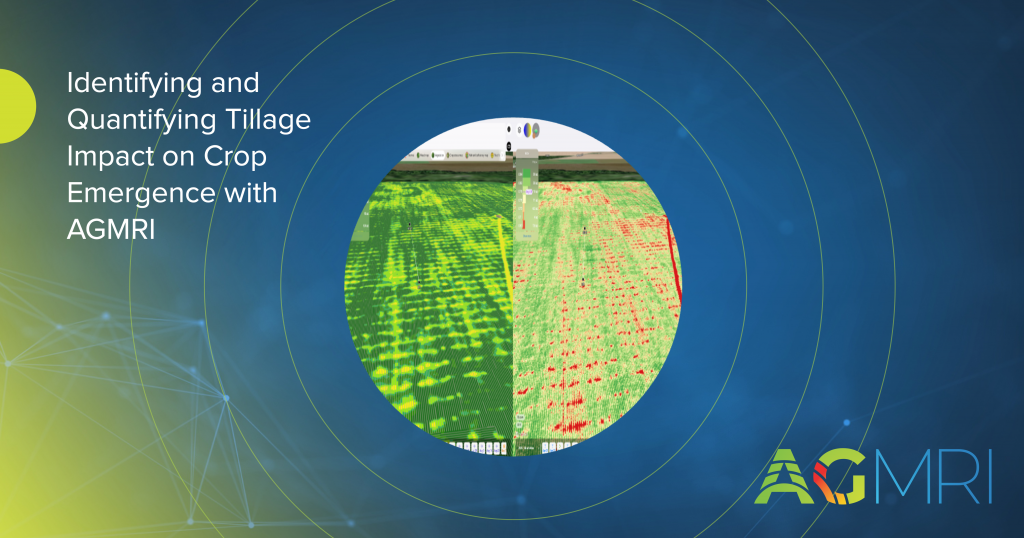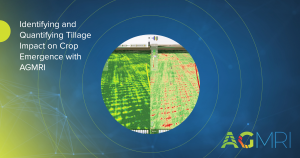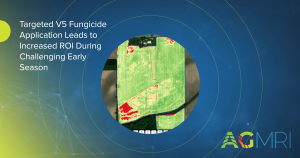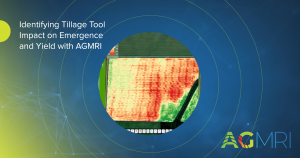Background
A grower in North Central Indiana manages a large farming operation focused on maximizing yield and efficiency through data-driven decisions. Over time, it has become increasingly difficult for him to find meaningful yield gains—smaller issues are harder to identify and correct.
In his search for improvement, he turned to AGMRI to better understand field performance. His main goal is to ensure early-season crop health and strong nutrient uptake, setting the stage for optimal grain production.
The spring season presented unusual challenges with highly variable weather patterns. Extended wet periods followed by short dry windows created logistical strain. Pressed by timing, he planted some fields earlier than ideal, into soils that were not completely fit—raising concerns about stand uniformity and potential yield impact.
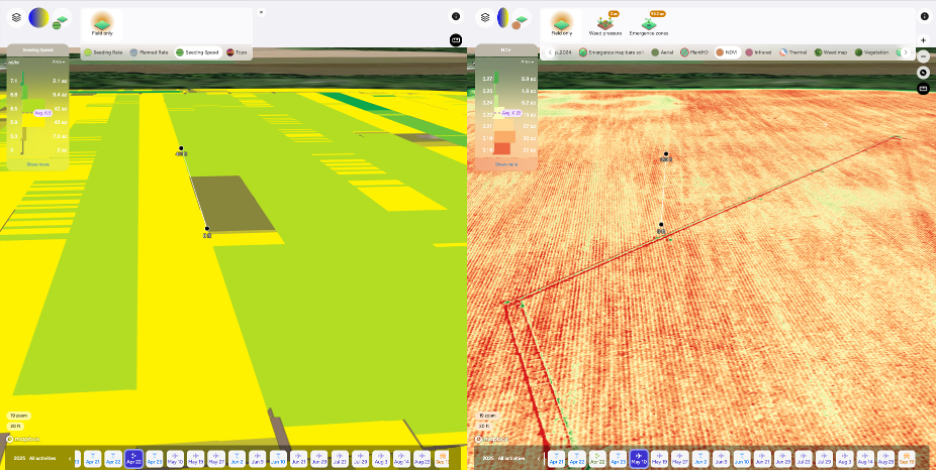
Challenge
Because of weather delays and the size of his operation, the grower was forced to plant before all fields were optimally prepared. Some fields received a full tillage pass in both fall and spring, while others missed part of this process. This inconsistency resulted in tougher seedbeds and variable planting conditions.
He began to question whether the decision to plant under less-than-ideal conditions would have lasting effects. His primary concerns centered on emergence uniformity, stand consistency, and potential yield loss. Without accurate data, it was difficult to assess whether early planting under these conditions was the right call—or an expensive mistake.
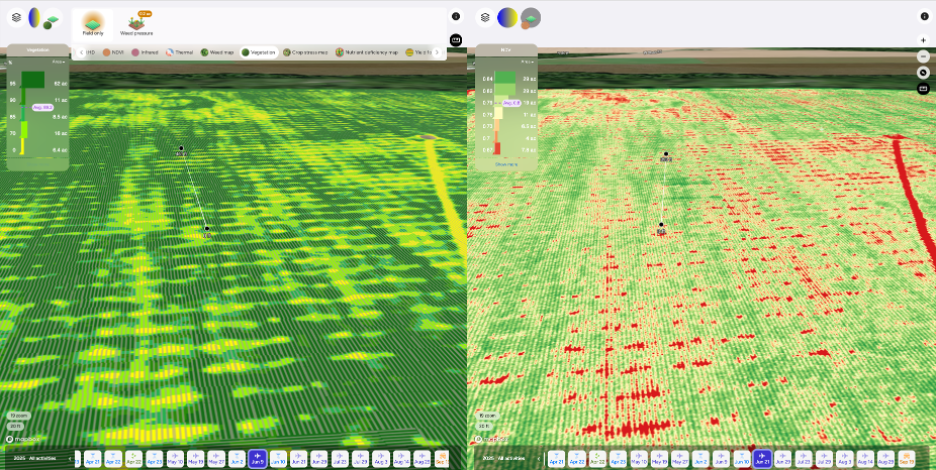
Solution
Using AGMRI imagery, the grower and his advisor analyzed multiple data layers, including VEG, NDVI, and Aerial imagery, to visualize canopy development patterns. These maps revealed persistent streaking patterns that aligned with the previous fall tillage direction, indicating that the planter was disrupted by these soil inconsistencies—causing uneven seed placement and variable emergence.
To quantify the agronomic and financial impact, they used Yield Forecast and Stay Green layers. These insights suggested an average yield loss of approximately seven bu/ac, directly correlated with the uneven stand detected earlier in the season.
With this data, the grower was able to validate his suspicions and identify actionable changes for future crop seasons.
Results
The grower now plans to adjust fall tillage strategies, potentially softening the tillage angle or implementing residue management products to reduce soil disruption. This case underscored the importance of aligning tillage practices with spring field conditions.
By quantifying a potential $28-per-acre loss, the grower gained valuable insight into how subtle management differences can significantly affect yield. Going forward, AGMRI will continue to be part of his operation’s monitoring system—helping prioritize field actions and validate management decisions in real time.
